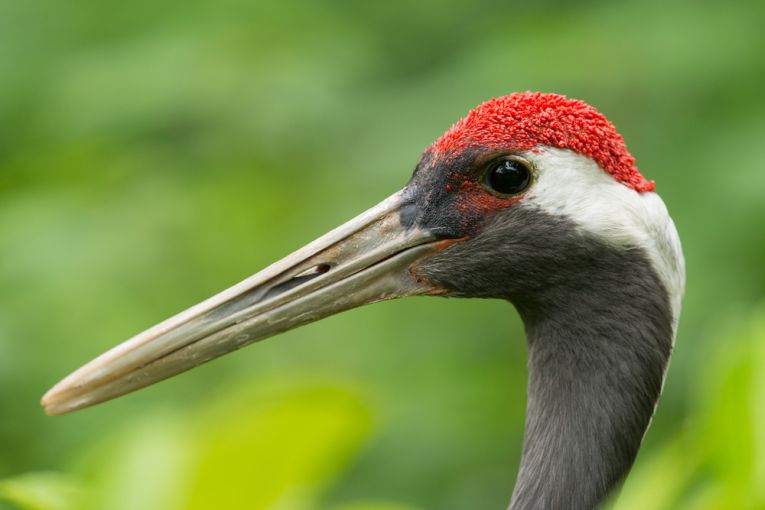China and the United States have been collaborating since 1986 on conservation of species and habitats. One of the programs called Wildlife Without Borders - East Asia involves delegates and study teams assisting each other in research, management and projects. In China's case, wetland and wildlife habitat restoration, and nature reserve management are involved. In April 2011, cooperation between the two countries was reviewed and 2011-2013 activity was planned as "Annex 11."
After 25 years of collaboration, the scope of activity will be cranked up again when a meeting takes place early next year. Annex 11 was carried out with up to 10 people involved by the US on one side to monitor assess and implement action on wetlands, just as a single example. Other projects on endangered aquatic species, other rare fish and public education, including outreach involved at least 3 personnel. On the other hand, China sent equivalent numbers of scientists on an exchange basis, so that the same topics were covered and could be collaborated on afterwards.
Resources were limited for wildlife disease early warning, monitoring and prevention and several related areas, but given the early state of research in many areas, perhaps 2014 is a better time to begin these collaborations. Meanwhile extra work on tidal marsh restoration in Oregon and in Changbaishan Nature Reserve and the Alaskan Arctic Wildlife Refuge did finally go ahead and may be continued by the agencies this time round. Long may the cooperative approach to wildlife continue, especially as the Arctic melt brings the two countries "closer together."










